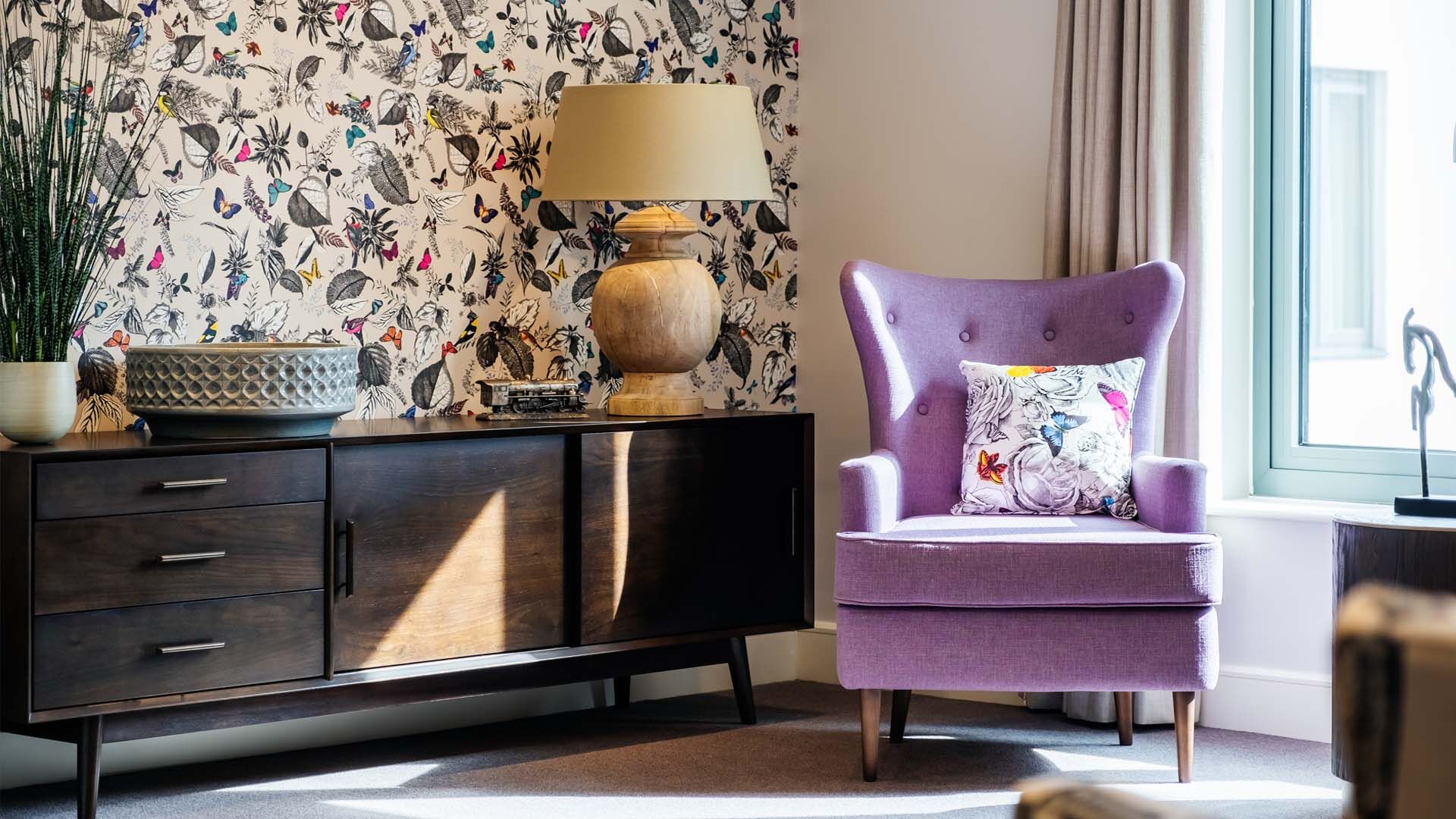Resident Choice for the Third Age
Multiple speakers at November 2019’s Care and Retirement Conference in London referred to the present influx of Residents as largely educated, well-travelled, and active. People aged 70+ have lived for decades with gym memberships, book groups and social media.
Consider for a moment the situations in which adults cannot choose their own environment: the military, hospitalisation, and prison. There are undoubtedly a few others. However, it will be the experience of most people that they’ve made choices regarding their interior environment based on personal preferences and taste.
The now famous Hogeweyk dementia village in Weesp, Netherlands opened with seven distinct room types titled: upper class (called ‘Goois’), homey, urban, Christian, artisan, Indonesian and cultural, as the developers believed these to be most relevant to their various resident groups.
In Park Grove Design’s award-winning project for The Royal Star and Garter in Surbiton, England 15 different room types were designed with 3-D visuals of each to allow incoming Residents and their relatives to choose the environment in which they would feel most at home. It’s all about a more personalised approach.
If offering a wide choice of room types is not cost effective in your facility, why not consider solid colours for curtains, walls and flooring with a variety of soft furnishing accents from which new Residents can choose? These could be displayed in an on-site shop, brought out on a cart, or chosen from an in-house catalogue. Ultimately, what’s being sought is an emotional buy-in from the Resident into their new environment. It’s respectful and their home.

